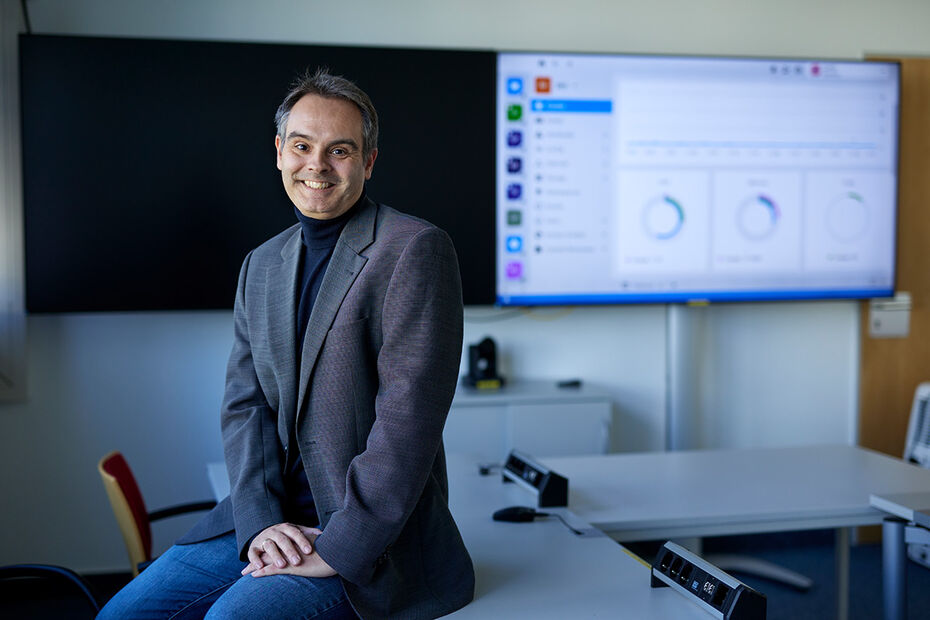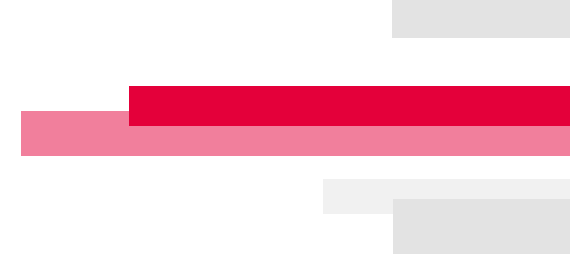Smart City Software

We need to align the technical services seamlessly with each other.
, explains IT professor Nane Kratzke. Professorship for Applied Computer Science at Technische Hochschule Lübeck. Foto: TH Lübeck

Software is another crucial building block. Nane Kratzke and Andreas Schäfer, both professors of computer science, specialize in this field. Software is the backbone of the smart city,
says Schäfer, it relies on software to control processes.
At this point, algorithms can already accomplish a lot without human intervention. In order to reduce human interfaces even further, Nane Kratzke focuses on the interconnection of various algorithms and technical services.
This approach saves resources and prevents errors, which is highly relevant for smart city processes: If, for example, you want to determine the flow of people in the shopping area of a city, you can do this using complicated and expensive special devices. Or, alternatively record the flow of people with cheap web cameras.
These images are then analyzed using neural networks for object detection. This method automatically anonymizes image data containing people, thereby avoiding many data protection issues. Possible results include, for example, how many adults, children and dogs were where at what time. The actual image data is deleted. The number of people can then be transferred to a control service, which controls the green phases of a traffic light and optimizes them.
Here, one automated process meshes with another. This requires that the services are coordinated with each other like small cogwheels, otherwise something completely wrong might happen in the end,
explains Kratzke. You try to break down the individual services into smaller units that can be combined in a meaningful way - so-called microservices - which ideally provide results in standardized, lightweight data formats.
Particularly desirable are reusable functionalities that can be coupled with different systems and data sources, as in modular systems. Smart traffic lights are, therefore, controlled locally / situationally and based on the flow of people. It is also possible to combine the same data with other data and create complex statistical models: Car and bicycle traffic, parking, weather, visitor numbers at the central attractions can be analyzed or the number of dogs can be compared with dog tax revenues and put in relation to each other.